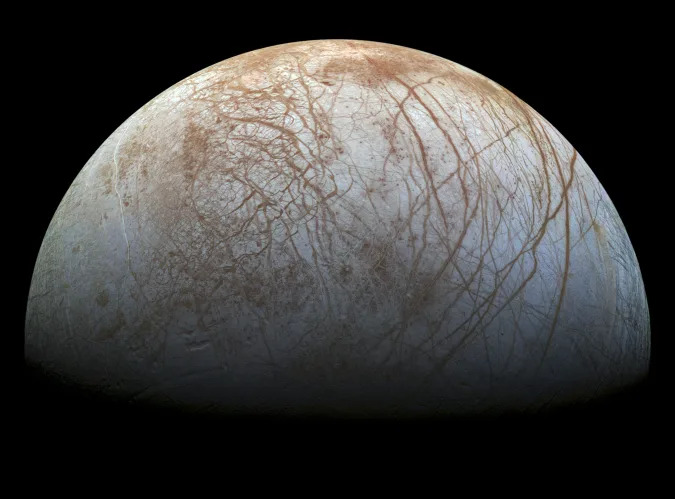
Europa's potential to support life may have increased thanks to geographic observations. Reuters notes researchers have discovered similarities between double ridges on the Jovian moon's surface and smaller-scale equivalents in Greenland. As the Greenland ridges were formed by subsurface water that refroze, this suggests Europa's counterparts formed the same way. That, in turn, would indicate large volumes of the liquid water necessary to support life similar to that on Earth.
The geographic features are not only common on Europa, but are large enough that the water pockets for these ridges would each be comparable in size to North America's Lake Erie. They'd also be relatively shallow (about 0.6 miles below the surface), putting them near other chemicals that could help form life.
There are still no direct signs of life on Europa, and there might not be for a long time. NASA is launching its Europa Clipper spacecraft in 2024, but it won't reach orbit until 2030. Even so, the Greenland comparison bolsters the case for investigating Jupiter's fourth-largest moon. It suggests that at least some conditions are well-suited to life, even if factors like the extreme cold (a maximum -260F at the equator) limit what's possible.




0 commentaires:
Enregistrer un commentaire